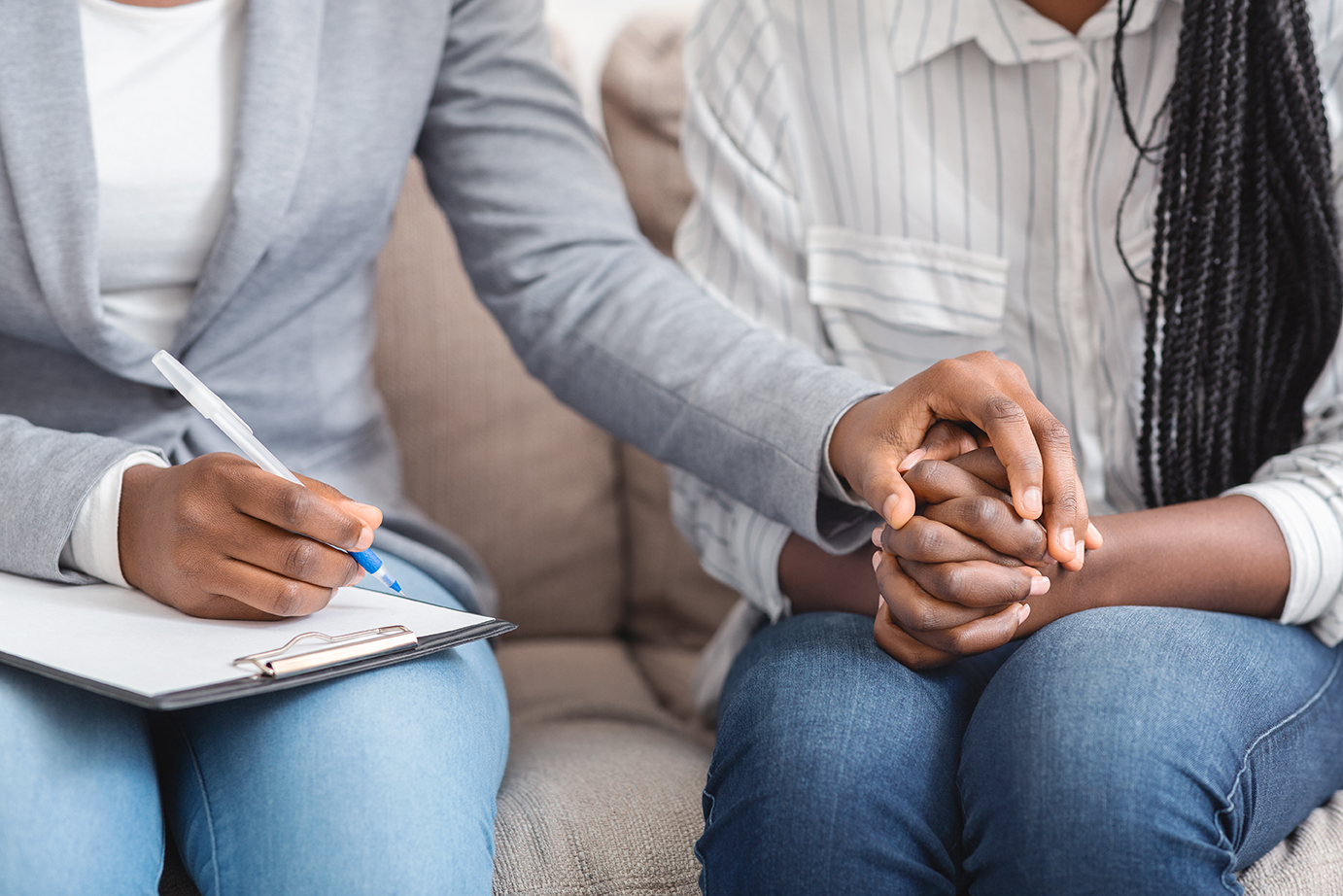
The need for mental health services for people of color in underrepresented communities remains as important as ever. Although many potential clients may live in these communities, the art therapy profession has historically drawn few people of color to its ranks, according to Louvenia Jackson, associate professor and chair of Loyola Marymount University’s Marital & Family/Art Therapy program. The department is seeking to change this with a number of new initiatives and scholarships.
The field of art therapy can bring healing through active artmaking, the creative process, applied psychological theory, and human experience within a psychotherapeutic relationship. “To most effectively reach all the populations that can benefit from art therapy, we need to become a more diverse profession,” Jackson says. “We must acknowledge that we all come from different backgrounds and connect with others for different reasons. Seeing someone in front of you who brings shared experiences into the therapeutic space makes a big difference, ensuring we are working with the community rather than imposing what we think is best.”
LMU’s art therapy program has taken a step toward addressing that deficiency by establishing a BIPOC Art Therapy Student Scholarship, which, starting in the 2023-24 academic year, will provide support for Black, indigenous, and other people of color who are striving to become clinical art therapists and are from underrepresented communities. The bulk of the funding for the scholarship came from a fundraiser and auction held in 2022 in honor of the department’s 40th anniversary, featuring art pieces donated by alumni, faculty and students. The event also commemorated the retirement of the program’s previous chair, Debra Linesch, who has long advocated for diversity, equity and inclusion within the art therapy field.
“People should be able to find a therapist of any background when they’re hurting and need help.”
“This scholarship is intended to offer financial assistance to people of color from underrepresented communities who are interested in art therapy as a career but might otherwise be deterred from entering a program such as ours by the cost,” Jackson explains.
Jackson says the effort to establish the BIPOC scholarship is rooted in the department’s determination that it reflect, through its academic and professional activities, the change it wants to see in larger systems. “We’re proud of the work we do in underserved communities of Los Angeles – being able to work with these populations is a great privilege and learning experience,” she says. “And there are strengths and phenomenal individuals that exist in these communities that with financial support can produce influential practices and clinicians into our field.”
In February, Jackson facilitated a panel discussion, supported by the American Art Therapy Association, in which six Black art therapy students from programs across the country, including LMU, spoke on Black pioneers in the field as part of a celebration of Black history. “I want to support our students of color and help them see the importance of the experience they bring to our programs,” she says.
Jackson has continued to work with LMU administrators and advancement staff to solicit donations toward the goal of sustaining the BIPOC scholarship for years to come. “Increasing access to art therapy education programs requires an active campaign to reach students of all income levels and cultural backgrounds — specifically Black, indigenous, and people of color,” Jackson says. “People should be able to find a therapist of any background when they’re hurting and need help. With the support of those who believe in our work, we hope to continue to bring diverse individuals into the art therapy profession to make that easier in the future.”
For more information on LMU’s Marital and Family/Art Therapy Program, click here.



